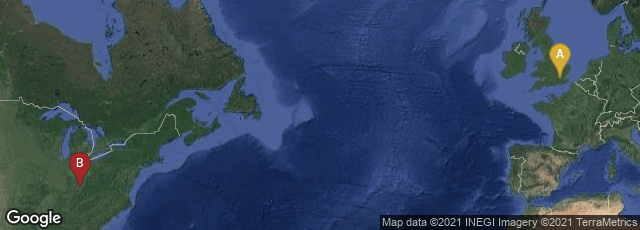
A: London, England, United Kingdom, B: Lexington, Kentucky, United States
In 1993 the British Library and Kevin S. Kiernan at the University of Kentucky embarked on the Electronic Beowulf project, an effort to photograph and publish high resolution electronic copies of the manuscript. The Electronic Beowulf was a pioneering effort in the digital preservation, restoration, and dissemination of manuscript material. Its website, which remained operational in 2019, could be viewed as an historical document years after high resolution digitization of historical documents became commonplace.
"The equipment we are using to capture the images is the Roche/Kontron ProgRes 3012 digital camera, which can scan any text, from a letter or a word to an entire page, at 2000 x 3000 pixels in 24-bit color. The resulting images at this maximum resolution are enormous, about 21-25 MB, and tax the capabilities of the biggest machines. Three or four images - three or four letters or words if that is what we are scanning - will fill up an 88 MB hard disk, and we have found that no single image of this size can be processed in real time without at least 64 MB of RAM. In our first experiments in June with the camera and its dedicated hardware, we transmitted a half-dozen images by phone line from the Conservation Studio of the British Library to the Wenner Gren Imaging Laboratory at the University of Kentucky, where identical hardware was set up to receive the data. Most of these images are now available on the Internet through anonymous ftp or Mosaic."